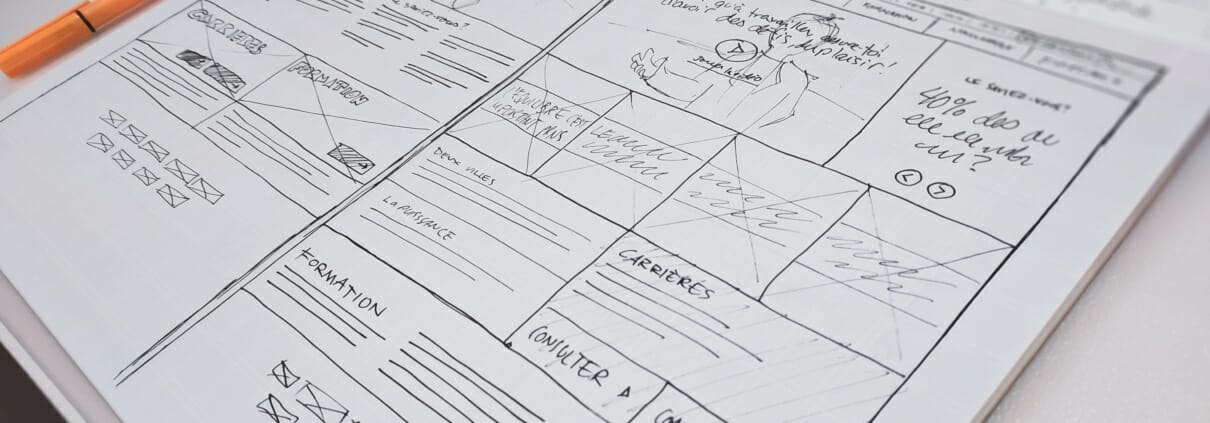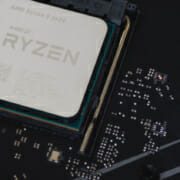The Ultimate Guide To Creating an MVP for Your Startup
The Ultimate MVP Guide
Put up or shut up. Put your money where your mouth is. Actions speak louder than words. These phrases have earned their place in history by speaking to a commonality in all of us: the desire for cold hard evidence. Because seeing is believing, right? Therefore, these little quips and phrases point towards the importance of business tools like prototypes, product proof-of-concept, or an MVP.
Prototypes, a proof-of-concept, and an MVP are all tools companies use in a variety of ways. Two of the main functions of these tools include investor recruitment and target market feedback. Plus, developing these tools and making use of them will lead to further insights that will help inform the rest of the product development lifecycle.
Understanding MVPs
No, we aren’t talking about Patrick Mahomes possibly leading the Chiefs to a second straight superbowl, for the first time in the history of the NFL. No, in mobile app development, an MVP stands for the minimum viable product. In other words, this is the bare-bones product that your developers build as a sort of shell-demonstration. This demonstrates the core functionality of the application. However, the MVP is still very much a predecessor to the application’s full-blown vision.
Although, that doesn’t always stop the MVP from being utilized. See there’s a whole niche market of app-development where the bells and whistles are just that: bells and whistles. The end-user isn’t so much interested in the seamless UX or the brilliant design; but rather the solution that the application provides. This is often the case when it comes to business-oriented-applications, or industry-specific applications.
In these environments, the end-user may be an early-adopter or a professional simply looking for a solution to their problem, if your MVP contains that solution – the extra functions and features that get added might just be icing on the cake.
While an MVP may sound very similar to a prototype, and they are in many ways, there are a few key differences between the two. The biggest and most obvious difference between an MVP and a prototype is the form it takes. An MVP is always going to be a lightweight version of the application.
A prototype, on the other hand, can come in a whole variety of shapes, sizes, and forms. The most basic prototypes, in fact, are simple sketches. The form your prototype takes will largely depend on a variety of factors. Aspects like your industry-expertise, technical ability, and access to resources.
The Development
While it may seem like one of the first steps in mobile app development, there’s actually quite a bit of work to be done before your firm can tackle the MVP. The very first step in mobile app development is identifying a problem and a potential solution. This is by far the most critical question that needs to be answered at the onset of a mobile app development project.
Without a firm-wide understanding of the problem that’s being addressed and the solution that’s being developed, a whole onslaught of issues will arise. These issues range from miscommunication, to inefficient processes, and misaligned development activities. In other words, one developer might be working on a user-interface that is completely incompatible with the overall solution that’s being developed. Therefore, time, energy, and resources were all wasted, which could have been avoided entirely with stronger communication channels.
Once your firm has identified the problem they’d like to solve, and how they’d like to solve it; then they can advance to the next step of the development process. The next phase in mobile app development, or MVP development is determining the core-features that need to be built into the application. The core features that are selected largely influence both the MVP and the design of the finished application.
This is important to note. The MVP, as mentioned above, is a tool your mobile app firm develops for a wide variety of reasons. Two of the main reasons for MVP development is end-user and target-market feedback, as well as investor recruitment. These are two of the most crucial phases in the entire mobile app development lifecycle.
Feedback and Investor Recruitment
As the age-old-adage goes, “money makes the world go round.” And as sad as that is to acknowledge at times, the practical utility of liquid assets is undeniable. Developing an MVP takes time, money, labor, and resources. Once your firm develops the MVP, however, there’s plenty of opportunity for your team to leverage the MVP into additional investments.
On top of leveraging an MVP into additional funding for your firm, or the specific project; an MVP also gives your company a way to conduct market focus-groups. This allows you to garner real end-user feedback on the solution provided and the overall direction of the application. These insights can be used to further inform your team on the features and trends most impactful to the target market, and how to finish the development process.
When garnering user-feedback or running focus-groups, there are a few important things to keep in mind. Keeping these elements in mind can help your team maximize the value that these activities in the development process field. For example, when running a focus group with an MVP, your team should consider including a basic version of the UX. This will help the focus-group. It helps them understand the flow of the application, how the app presents information to the user, and more.
Running focus groups and testing the MVP in a variety of demographics is a best-practice by all considerations. This practice is important because it will help you and your team avoid common pitfalls in app development. One of the most common traps that mobile app developers often fall into is known as the ‘assumption trap’. This is the ‘trap’ that mobile app developers fall into when they believe they already know what the end-consumer wants.
Avoiding The Trap
Conducting a series of focus groups across a variety of demographics, therefore, is extremely valuable and provides incredible insight into consumer behavior, and consumer wants.
The end-consumer, especially today, has more power than ever before. Between the era of information and technology providing more widespread access to information, and the emergence of a very competitive marketplace, the consumer truly is king. Therefore, taking the time to understand the issues that are most significant to your target-market will benefit you greatly. Let the consumers and customers tell you what they want, then deliver. Otherwise, you may very well be putting the cart before the horse.
Final Thoughts on MVP Development
The mobile app market is booming. Ever since earlier this year when the pandemic was first beginning to rage and the first set of lockdown orders were issued, mobile app usership has boomed. Between March and April of this year, millions of first-time app users were downloading applications, log-times were skyrocketing, and the shift toward the digital age was officially underway.
In such a crowded market, it’s important to stand out, deliver on consumer wants, and offer new and unique solutions. Developing an MVP will help you and your firm do all of this and more. From investor-recruitment, to real-time consumer feedback, developing an MVP is a necessity.
For more information on MVPs, or anything related to mobile app development, visit NS804 today, and get in touch with an expert mobile app developer ready to turn your idea into a reality.













Leave a Reply
Want to join the discussion?Feel free to contribute!